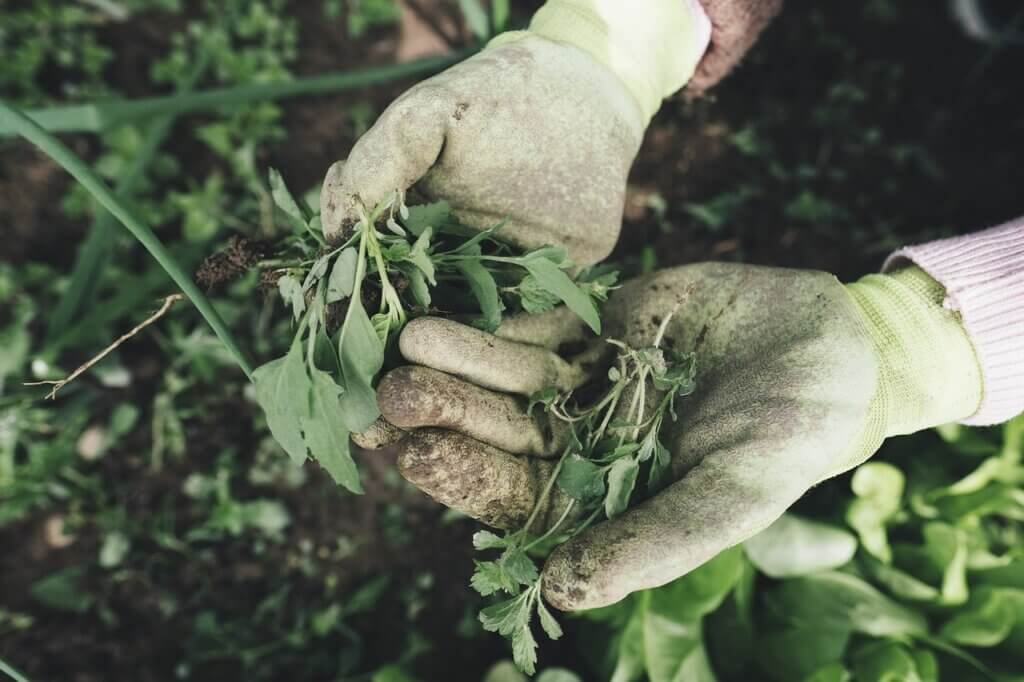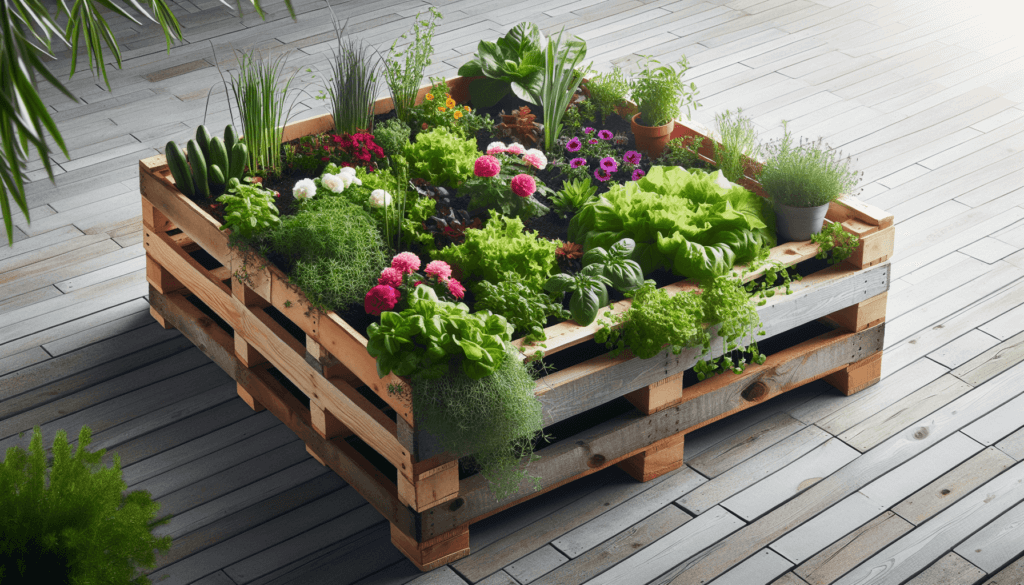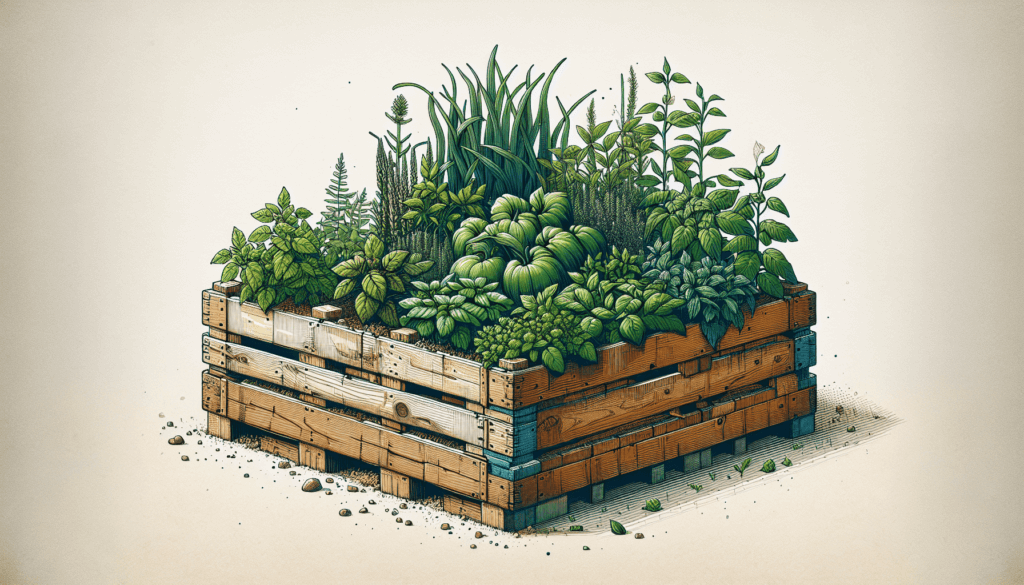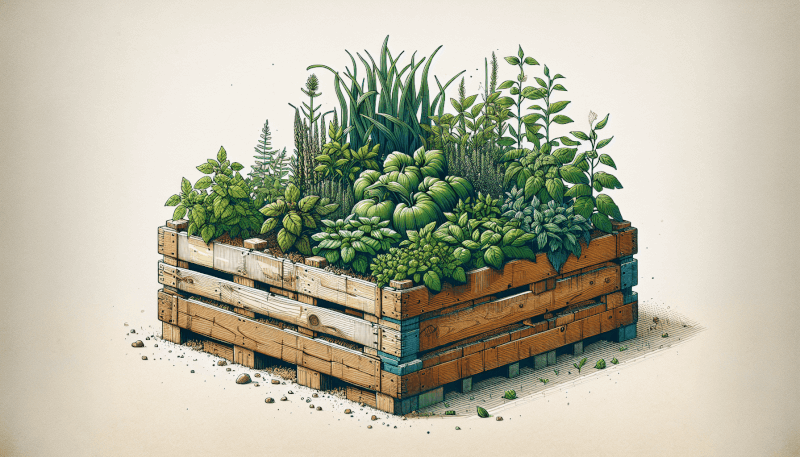Are you interested in starting your own garden, but worried about the cost? Look no further! In this article, we will show you how to build a raised garden bed on a budget. Whether you have limited space or simply want to create an organized and aesthetically pleasing garden, a raised garden bed is the perfect solution. Not only will it save you money compared to buying pre-made garden beds, but it will also allow you to customize the size and shape to fit your specific needs. So roll up your sleeves and get ready to create your own little patch of green paradise without breaking the bank!
Materials Needed
To build a raised garden bed, you will require the following materials:
Wood planks
Wood planks will form the walls of your raised garden bed. Opt for durable and rot-resistant wood such as cedar or redwood. The size and number of planks will depend on the dimensions of your desired bed.
Screws
Screws will be needed to attach the wood planks together securely. Make sure to choose screws that are appropriate for outdoor use and long enough to penetrate the wood effectively.
Corner brackets
Corner brackets will provide additional stability to the raised garden bed. They can be used to reinforce the joints of the wood planks and ensure the bed remains sturdy over time.
Landscape fabric
Landscape fabric will act as a barrier between the soil and the ground, preventing weeds from growing up into the bed. It also helps to retain moisture in the soil.
Compost or soil mix
A good quality compost or soil mix is essential for providing nutrients to your plants. Consider purchasing a premixed blend or create your own by combining organic matter such as compost, peat moss, and vermiculite.
Gardening tools
Basic gardening tools like a trowel, rake, and shovel will be necessary for preparing the ground and planting in your raised garden bed.
Choosing a Location
Before building your raised garden bed, it’s important to carefully select the location. Consider the following factors:
Sunlight requirements
Most vegetables and herbs require at least six hours of direct sunlight per day. Choose a location that receives ample sunlight to ensure the success of your plants. Keep in mind that some shade in the afternoon may be beneficial in hot climates.
Accessibility
Select a spot that is easily accessible for watering, planting, and harvesting. It should be convenient for you to reach without any hazards or obstacles in the way.
Availability of water source
Ensure that a water source, such as a garden hose or irrigation system, is nearby. It’s important to have easy access to water for regular watering, especially during dry spells.
Soil quality
Although you will be using compost or soil mix in your raised bed, it’s still important to consider the overall soil quality in the area. Avoid locations with heavy clay or compacted soil, as these may hinder root growth and drainage.

Determining Size and Height
Once you have chosen the location, it’s time to determine the size and height of your raised garden bed. Consider the following factors:
Choosing the dimensions
The dimensions of your raised garden bed will depend on various factors, including available space, the number of plants you wish to grow, and your own preferences. A width of 3 to 4 feet is ideal to ensure easy reach across the bed.
Considering accessibility
Take into account your own physical capabilities and ensure that the height of the bed allows for comfortable gardening. For most people, a height of 1 to 2 feet is suitable.
Determining suitable height
If you have back or knee problems, consider building a taller raised garden bed. This will minimize the need for bending over and reduce strain on your body. Taller beds also have the advantage of providing better drainage.
Preparing the Ground
Before assembling your raised garden bed, it’s important to prepare the ground beneath it for optimal plant growth. Follow these steps:
Clearing the area
Remove any existing vegetation, such as grass or weeds, from the designated area. Use a gardening tool, such as a shovel or hoe, to loosen and remove the vegetation.
Leveling the ground
Ensure that the ground is level and free from any obstructions. Use a rake to even out the surface as much as possible.
Removing any existing lawn or weeds
To prevent the growth of weeds, it is recommended to remove any existing lawn or weeds in the area. This will minimize competition for nutrients and space.
Improving soil quality
If the existing soil is of poor quality, consider adding organic matter such as compost or soil amendments to improve its fertility and structure. Mix these materials into the ground using a garden fork or tiller.

Building the Frame
Building the frame is a crucial step in constructing your raised garden bed. Follow these steps:
Cutting the wood planks
Measure and cut the wood planks according to your desired dimensions. Ensure that the lengths and widths are accurate to achieve a proper fit when assembling the frame.
Assembling the frame
Lay out the cut wood planks on the prepared ground, forming a rectangular or square shape. Arrange the planks so that the corners meet at right angles.
Attaching corner brackets
Use screws and corner brackets to secure the corners of the wood planks together. This will provide added stability to the frame.
Securing the joints
To further reinforce the joints, screw additional screws along the length of the wood planks at regular intervals. This will ensure that the frame holds up well against the pressure of the soil.
Adding the Bottom Layer
The bottom layer of your raised garden bed serves multiple purposes, such as weed prevention and soil retention. Follow these steps:
Laying landscape fabric
Cut a piece of landscape fabric to fit the interior dimensions of your raised garden bed. Lay it down on the level ground, covering the entire area.
Trimming excess fabric
Trim any excess fabric that extends beyond the edges of the raised garden bed. This will ensure a neat appearance and prevent the fabric from being exposed.
Securing the fabric
Using anchoring pins or staples, secure the landscape fabric to the ground. Make sure it is taut and evenly distributed across the bottom of the bed.

Filling the Raised Bed
With the frame and bottom layer in place, it’s time to fill your raised garden bed with nutrient-rich soil. Follow these steps:
Adding compost or soil mix
Fill the raised bed with a mixture of compost and soil mix. Aim for a ratio of approximately 1:1, ensuring that the soil is well-draining and rich in nutrients.
Leveling the soil
Use a rake or your hands to level the soil within the raised garden bed. Make sure the surface is even and smooth, allowing for easy planting and watering.
Moistening the soil
Water the soil thoroughly, ensuring that it is evenly moistened throughout. This will help settle the soil and provide a good starting environment for your plants.
Checking soil quality
Before planting, check the quality of the soil by feeling its texture and assessing its moisture content. Ensure that it is loose and crumbly, with adequate moisture for plant growth.
Planting in the Raised Bed
With your raised garden bed prepared, it’s time to start planting. Follow these steps:
Choosing plants suitable for raised beds
Consider the specific requirements of the plants you wish to grow, such as sunlight, water, and spacing needs. Select plants that are well-suited for raised bed gardening and are appropriate for your climate.
Spacing and layout
Plan the layout of your raised bed, considering the mature size of each plant and the spacing required between them. This will ensure that your plants have enough room to grow and receive adequate sunlight and airflow.
Planting techniques
Dig holes or furrows in the soil to accommodate the root systems of your chosen plants. Place the plants in the holes, ensuring they are at the appropriate depth, and gently backfill the soil around the roots. Firmly press the soil to eliminate any air pockets.
Watering and maintenance
After planting, water the plants thoroughly to settle the soil and provide moisture to the root systems. Follow the specific watering requirements of each plant and monitor them closely for any signs of stress or disease. Regularly check for pests, remove weeds, and provide appropriate support for climbing plants.

Decorative Ideas
Adding decorative elements to your raised garden bed can enhance its aesthetic appeal. Consider these ideas:
Painting the raised bed
Apply a coat of weather-resistant paint to the exterior of your raised garden bed. Choose a color that complements your outdoor space and adds a pop of vibrancy.
Adding trellises or supports
Install trellises or supports within your raised bed to accommodate climbing plants such as tomatoes, cucumbers, or vines. This will maximize vertical space and add visual interest.
Adding decorative trim or accents
Attach decorative trim or accents, such as wooden borders or metal corner ornaments, to the exterior of your raised garden bed. This can give the bed a unique and personalized touch.
Using recycled materials
Consider repurposing old containers, pallets, or other materials to build your raised garden bed. This not only reduces waste but also adds a sense of sustainability to your gardening efforts.
Maintaining the Raised Bed
To ensure the health and productivity of your raised garden bed, proper maintenance is essential. Follow these tips:
Weeding regularly
Regularly inspect your raised garden bed for weeds and remove them promptly. Weeds can compete with your plants for nutrients, sunlight, and water, so it’s important to keep the bed weed-free.
Watering appropriately
Water your raised bed regularly, ensuring that the soil remains evenly moist but not waterlogged. This may require adjustments depending on weather conditions, plant needs, and the moisture-retaining capacity of your soil.
Mulching to retain moisture
Apply a layer of organic mulch, such as straw or wood chips, on the surface of the soil. This helps to retain soil moisture, suppress weed growth, and regulate the soil temperature.
Fertilizing as needed
Monitor the growth and health of your plants and provide additional nutrients when necessary. Use organic fertilizers or compost to replenish the soil’s nutrient levels and promote healthy plant growth.
By following these comprehensive steps, you can successfully build a raised garden bed on a budget. With a little effort and care, you’ll soon be enjoying the bountiful harvest of your flourishing garden. Happy gardening!



